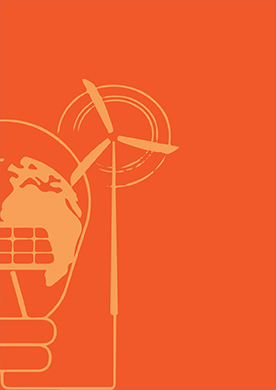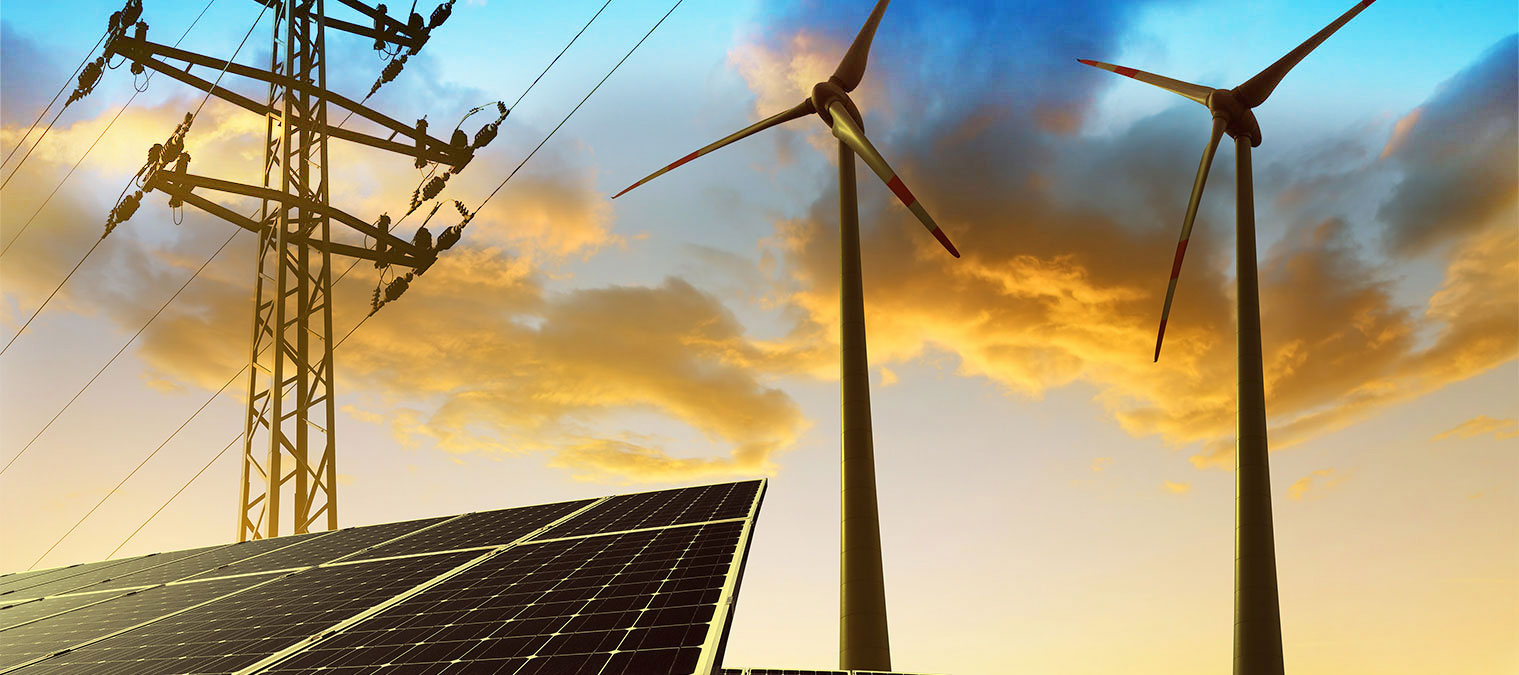This study looks into the impact of planned renewable energy addition, up to FY 2018-19, on the Karnataka grid.

Karnataka had a renewable capacity share of around 35% out of 20 GW of the installed generation capacity mix, as of March 2017. This is further expected to increase as the state (KREDL) aims to have 6.86 GW of solar and 4.9 GW of wind generation capacity by FY19. Increasing our renewable generation capacity is necessary, considering various policy targets driven India’s Nationally Determined Contributions. However, the intermittent nature of solar and wind raises fundamental technical challenges for the power system. Thus, careful planning of the transmission network is critical for efficiently enabling high level of renewable energy penetration. This study looks into the impact of planned renewable energy addition, up to FY 2018-19, on the Karnataka grid. Detailed power flow analyses were conducted for each of the financial years 2017-18 and 2018-19. The analyses were conducted for six different scenarios, for these two years, in order to capture the variation in solar and wind generation, and the state’s total demand. The study also looked into the effect that taluk-level limits on RE capacity had on the grid.
